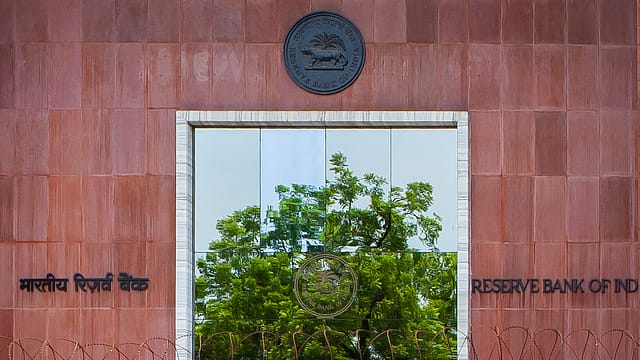RBI unveils new regulations for urban co-operative banks
ADVERTISEMENT

The Reserve Bank of India (RBI) has adopted a four-tiered regulatory framework for urban co-operative banks (UCBs) with an aim to make these lenders financially sound.
Urban co-operative banks having deposits up to ₹100 crore have been classified as tier-1 UCBs. The second tier incorporates co-operative banks with deposits more than ₹100 crore and up to ₹1,000 crore.
Co-operative banks with deposits over ₹1,000 crore and up to ₹10,000 crore have been categorised as tier-3. UCBs with deposits more than ₹10,000 crore form the fourth tier.
The minimum capital adequacy requirement or capital to risk-weighted assets ratio (CRAR) for tier-1 UCBs has been retained at the present prescription of 9% under the current capital adequacy framework based on Basel I.
For tier-2, tier-3 and tier-4 UCBs, the RBI has decided to revise the minimum CRAR to 12% so as to strengthen their capital structure.
The increase in CRAR requirement is reasonable as these UCBs do not have full capital charge for market risk and currently maintain no capital charge for operational risk, the central bank says.
January 2026
Netflix, which has been in India for a decade, has successfully struck a balance between high-class premium content and pricing that attracts a range of customers. Find out how the U.S. streaming giant evolved in India, plus an exclusive interview with CEO Ted Sarandos. Also read about the Best Investments for 2026, and how rising growth and easing inflation will come in handy for finance minister Nirmala Sitharaman as she prepares Budget 2026.
As per the data reported by the banks as on March 31, 2021, most of UCBs have CRAR more than 12% (1,274 lenders out of 1,534). Banks that do not meet the revised CRAR will be provided with a glide path of three years for achieving the same in a phased manner. Accordingly, these banks will have to achieve a CRAR of 10% by the financial year ended March 31, 2024, 11% by March 31, 2025; and 12% by March 31, 2026.
In order to boost growth opportunities in the sector, the RBI has decided to introduce automatic route for branch expansion to UCBs which meet the revised Financially Sound and Well Managed (FSWM) criteria and permit them to open new branches up to 10% of the number of branches as at the end of the previous financial year.
“While the branch expansion proposals under the prior approval route will also continue to be examined as hitherto, the process will be simplified to reduce the time taken for granting approvals for opening new branches,” the banking regulator says.
In respect of housing loans, it has been decided to assign the risk weights on the basis of loan to value (LTV) ratio alone which would result in capital savings, the RBI says, adding that this will be applicable to all tiers of UCBs.
In order to examine the issues concerning recommendation for capital augmentation under the provisions of Section 12 of the Banking Regulation Act, 1949, a working group comprising the representatives from RBI, SEBI and Ministry of Co-operation, Government of India has been constituted, the central bank adds.
